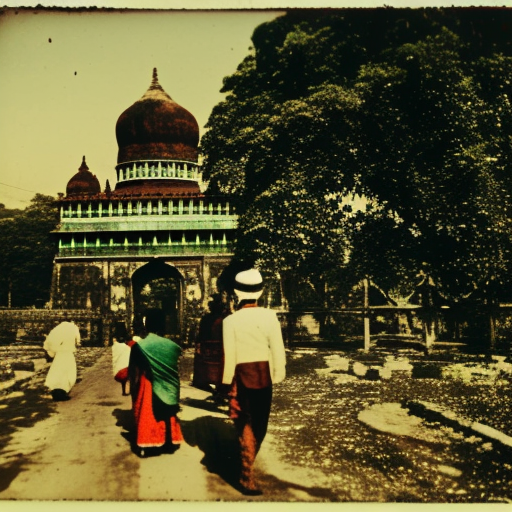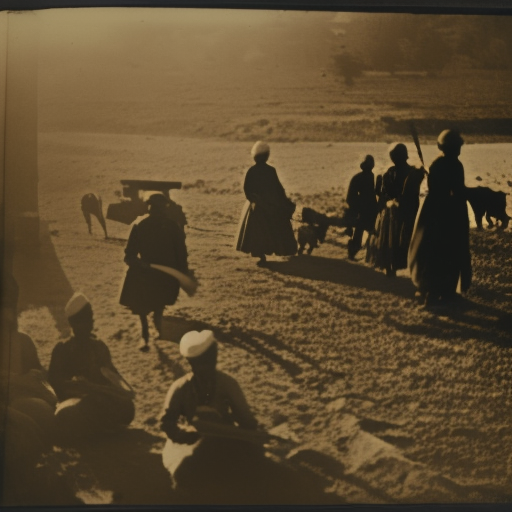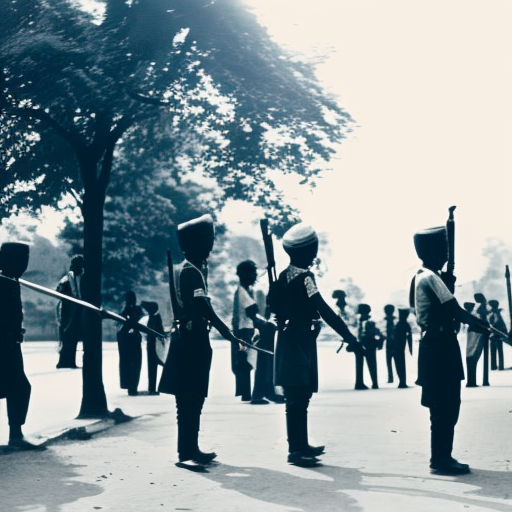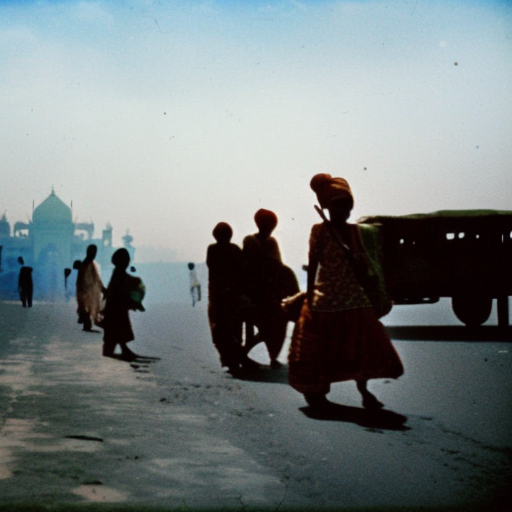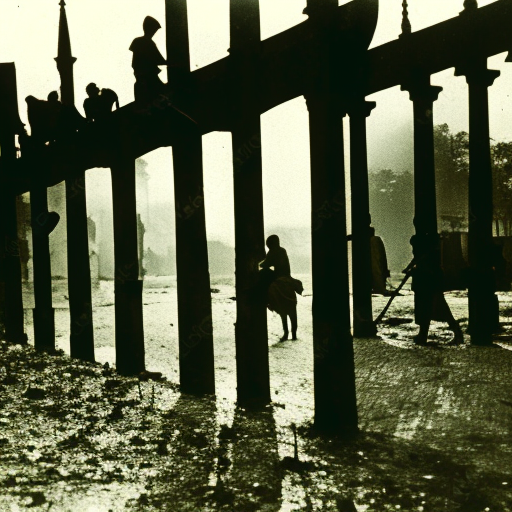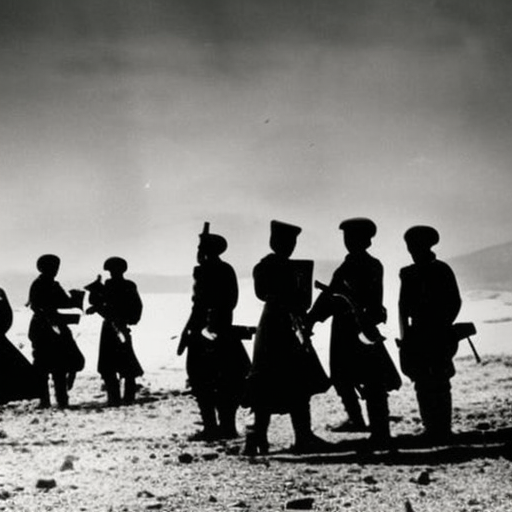The Indian Independence Movement led by Mahatma Gandhi aimed to achieve freedom from British colonial rule through nonviolent resistance.
The Partition of India (1947) Explained
The Partition of India in 1947 resulted in the creation of two separate nations, India and Pakistan, leading to widespread violence and mass migration.
The East India Company Explained
The East India Company was a powerful British trading company that played a significant role in the colonization and exploitation of India during the 17th and 18th centuries.
Siege of Cawnpore Explained
The Siege of Cawnpore was a pivotal event during the Indian Rebellion of 1857, where Indian rebels besieged and ultimately massacred British civilians and soldiers in Cawnpore (now Kanpur), India.
Indian Rebellion of 1857 Explained
The Indian Rebellion of 1857 was a major uprising against British rule in India, marking a turning point in the country’s struggle for independence.
Indian independence movement Explained
The Indian independence movement was a nonviolent struggle for freedom from British colonial rule in the early 20th century.
A Passage to India Summary
A Passage to India” by E.M. Forster explores the complexities of colonialism and the clash of cultures in British India.
Partition of India Explained
The partition of India refers to the division of British India into two separate nations, India and Pakistan, in 1947, leading to widespread violence and mass migration.
Bengal famine of 1943 Explained
The Bengal famine of 1943 was a devastating famine that occurred in British-ruled Bengal during World War II, resulting in the deaths of millions of people due to a combination of natural disasters, wartime policies, and mismanagement.
Second Anglo-Afghan War Explained
The Second Anglo-Afghan War was a conflict between the British Empire and Afghanistan from 1878 to 1880, resulting in British control over Afghan foreign affairs.












